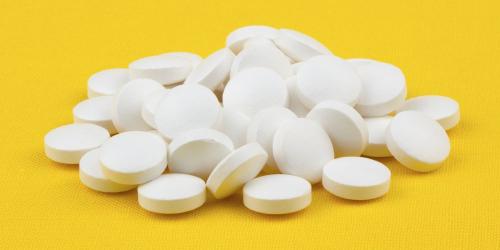Faced with the alarming increase in the number of toxic shock syndrome related to the rules (only one case in 1994 against twenty-two in 2014) and the recurring questioning about the danger of tampons, a team of researchers from Hospices Civils de Lyon wanted Learn more about the development of the bacteria responsible for this potentially fatal condition: Staphylococcus aureus.
Buffers, a neutral effect on staphylococcus
In October 2016, the National Staphylococcus Reference Center of the Civil Hospitals of Lyon had collected nearly 700 used tampons for analysis.
To carry out their tests, "they tried to reproduce the growing conditions that come closest to those of the vagina with little oxygen," said a statement released by the HCL on July 4, 2017.
Results: they would not stimulate the production of the toxin TSST-1, which by passing in the blood, triggers the toxic shock. On the contrary, "the products seem to have a neutral effect, or even block the development of staphylococcus," the statement said.
 Source: Lyon Civil Hospices
Source: Lyon Civil Hospices
Not so harmless menstrual cups
Conversely, menstrual cups, often presented as a healthier alternative to tampons-whose composition, always opaque, is regularly subject to debate-would promote staphylococcal growth and toxin production. The fault in their diameters, larger than the pads, which "allow an air intake and therefore greater oxygen," says the communication of HCL.
Researchers therefore recommend, as is already the case for tampons, not to wear them during the night and limit their use to 6am during the day.
A desire to better inform users
According to them, the real problem would come from improper use of tampons and cups that would itself result from a fault information.
The National Staphylococcal Center has therefore decided to launch a national survey to improve the practices of users.
Sources:
cnr-staphylocoques.univ-lyon1.fr/?id=2021394
https://www.chu-lyon.fr/fr/choc-toxique-enquete-sur-lusage-des-tampons-periodiques




